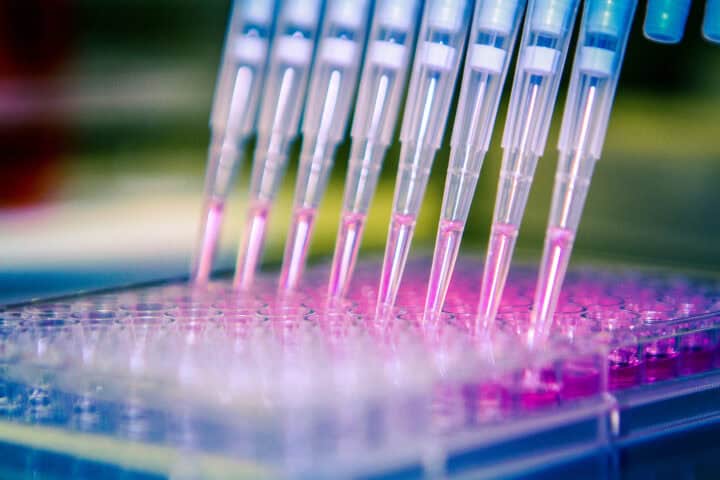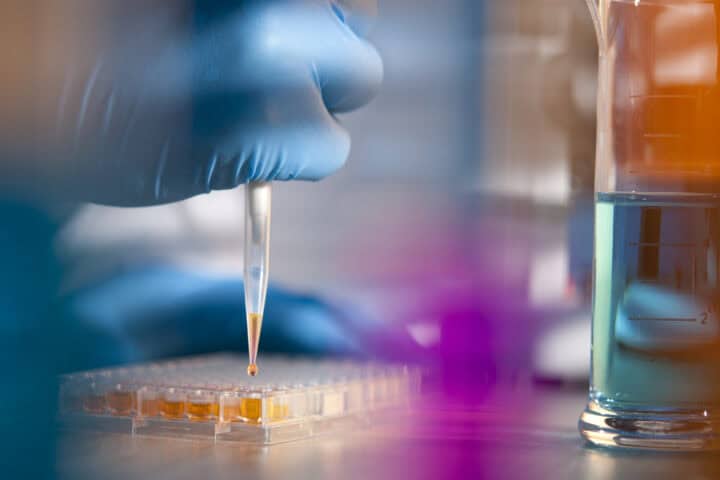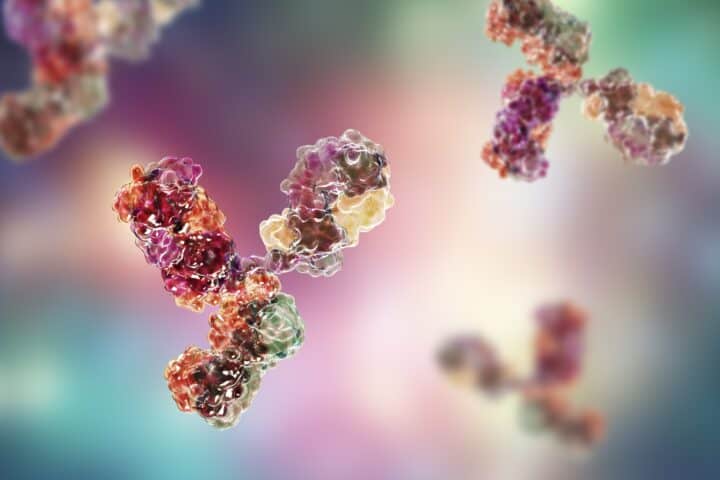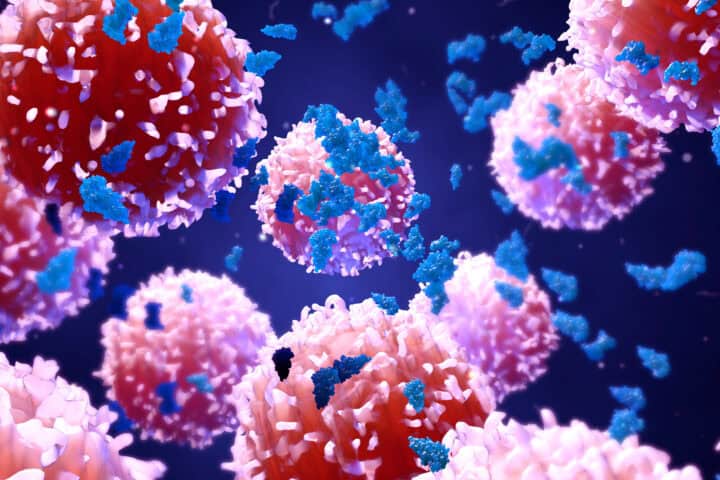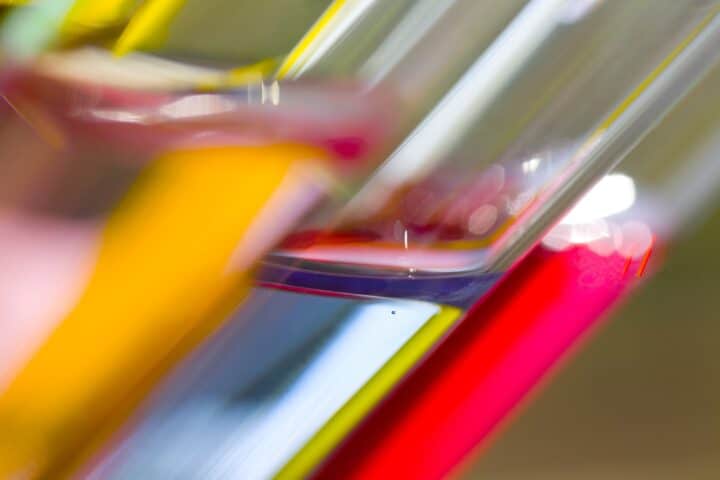There have been a number of decisions in the recent years that have dealt with the obviousness of claims in light of clinical trial documents. These include T239/16, T237/15, T1123/16, T1806/18, T2963/19, T96/20 and T1437/21. The EPO often considers whether or not the skilled person would have a reasonable expectation of success when assessing the inventive step of medicaments. An inventive step is often acknowledged for APIs based on no reasonable expectation of success due to the complex and unpredictable nature of drug discovery and treatment. In contrast, the Boards of Appeal in the cases above set out that there is an assumption of a reasonable expectation of success starting from a clinical trial publication relating to the medicament unless the state of art suggests an expectation of failure. Each decision will be discussed below to illustrate this in more detail.
T239/16
The patent in T239/16 relates to a once-a-year treatment of osteoporosis using zoledronic acid.
The closest prior art document was a letter handed out to participating patients with information on the clinical trial study (the Board found there was no obligation to maintain confidentiality). The Board considered the only difference between the claim and the closest prior art to be the direct and unambiguous disclosure in the document of the effective treatment of osteoporosis.
The Board considered that the mere fact that an active agent is being tested in a clinical study for the treatment of osteoporosis (as disclosed in the closest prior art) leads to an expectation of success, due to the fact that clinical studies are based on data obtained by pre-clinical testing both in vitro and in animals and require authority approval which takes ethical considerations into account. This means that the skilled person in the present case would expect all study arms to treat osteoporosis effectively, unless they are dissuaded from this by the prior art. As such, the claims of the patent were considered to lack an inventive step.
T237/15
The patent in T237/15 relates to a single orally administered dose of up to 400 mg of suberoylanilide hydroxamic acid (SAHA – a histone deacetylase (HDAC) inhibitor) for the treatment of cancer. In this case, the closest prior art was a review article that describes HDAC inhibitors.
The review article describes that SAHA suppresses tumour growth when administered orally to rats or mice that have solid tumours. Later in the document, it is described that tumour regression and symptomatic improvement were observed at doses of SAHA that have no clinical toxicity. The passage goes on to state that “Studies to define the optimal therapeutic regimen are ongoing. Studies with an oral formulation of SAHA are also underway.” Finally, the last two paragraphs of the closest prior art point to the challenge of finding the optimal dose, timing of administration and duration of therapy by HDAC inhibitors, and state that further research is needed to elucidate certain mechanistic aspects.
The difference between the claims of the patent and pre-clinical animal studies in the closest prior art was principally viewed as the dosage regime. The Board considered that the step from pre-clinical animal studies to clinical studies involving human patients is an unavoidable step when developing a new medicament. In the present case, the skilled person would take this step with a reasonable expectation of success.
The Board further considered that the determination of the optimum dosage regimen required to achieve the therapeutic effect in the (human) patient is a matter of routine experimentation for the skilled person. Such routine tests do not require inventive skill and can consequently not establish an inventive step.
Of note, the UK Supreme Court decision in Actavis v ICOS and Eli Lilly [2019] UKSC 15 considered a claim to a pharmaceutical unit dosage composition suitable for oral administration comprising 1 to 5mg of tadalafil, up to a maximum total dose of 5mg per day. The Supreme Court confirmed the Court of Appeal’s finding that this dosage regime was obvious from prior art describing doses of tadalafil in the range of 0.5mg to 800mg daily for the average adult patient. It gives examples of a tablet containing a 50mg dose of the active ingredient but does not purport to set out an appropriate dosage regime as an oral treatment of erectile dysfunction.
It is counterintuitive to suggest that the skilled person would reasonably expect efficacy to remain at lower dosages, a key finding in this decision was that there was a therapeutic plateau from 10 mg to 100 mg. As such, the court considered that it would be obvious for the skilled person (without hindsight and having found a therapeutic plateau) to test lower doses and so come upon the dosage regime which is the subject matter of the patent.

